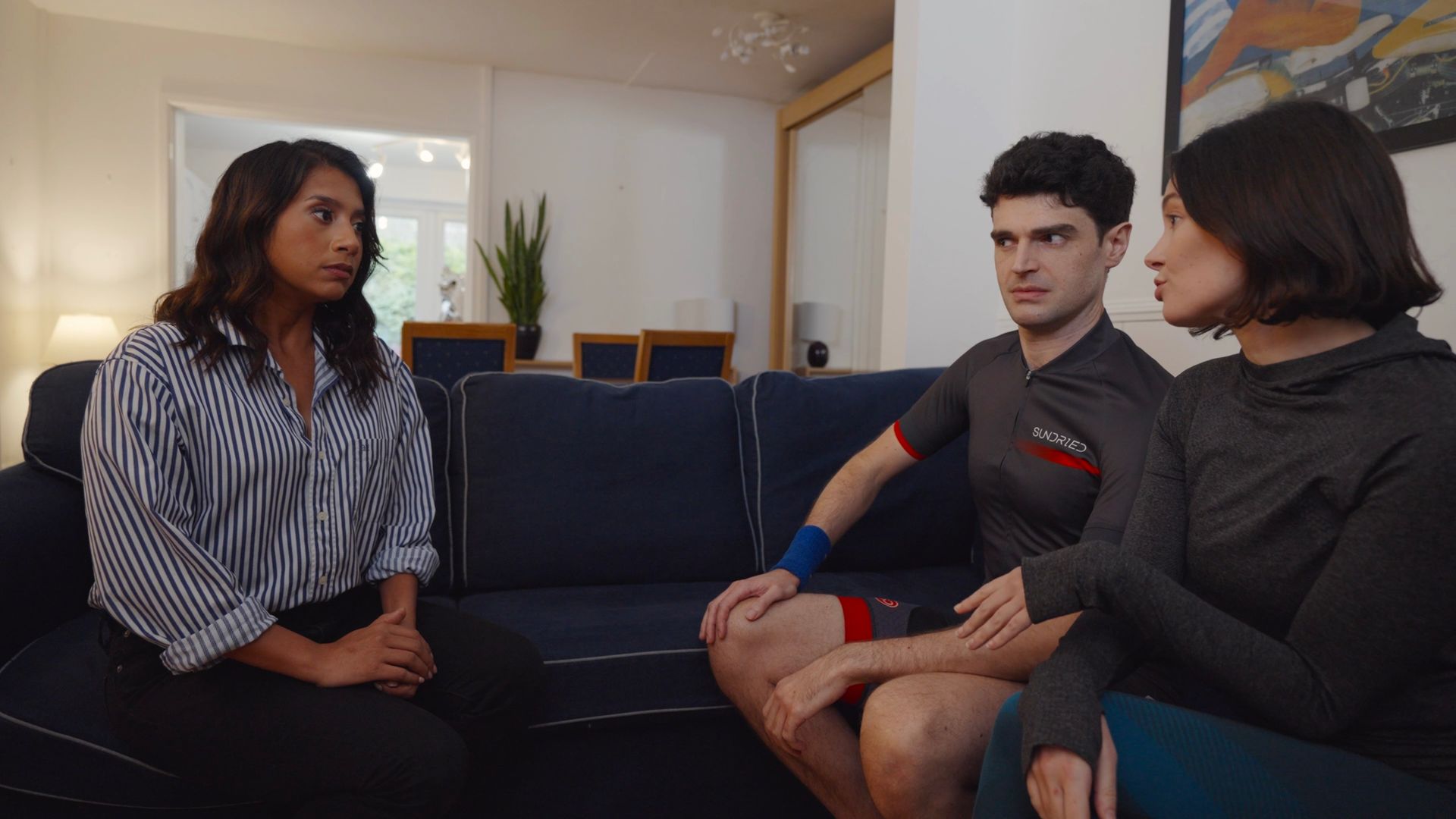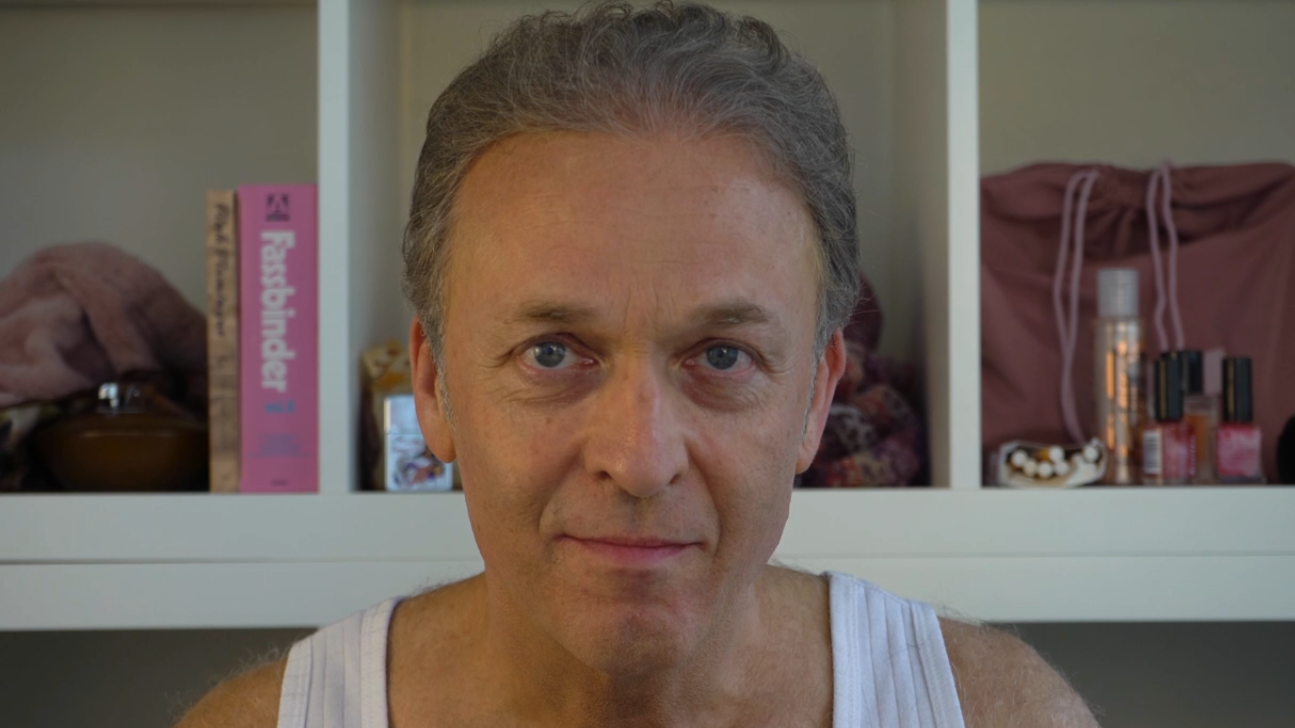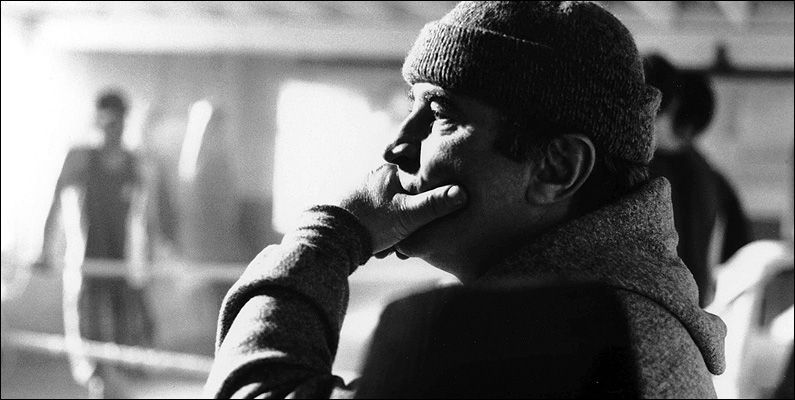Midlands Review of Cry of the Magpie
midlandsmovies • October 8, 2020
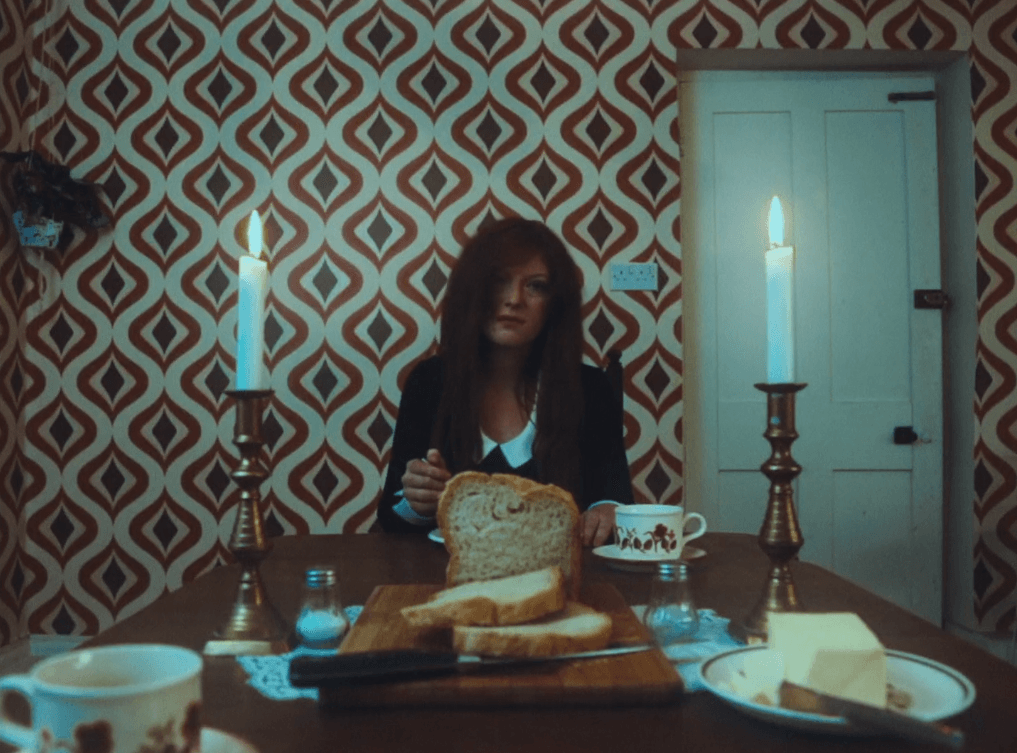
Cry of The Magpie
Directed by Anthony Michael Tracy-Winson
2020
Mr Stitch Films
Lurid fashion and dark suburban psycho-drama abound in Cry of the Magpie, a new 70s-inspired film from Midlands writer-director Anthony Michael Tracy-Winson.
Originally shot in 2018 in Nottingham, the director has split his feature into a 4-part online series and the film introduces us to Elizabeth Pike (Tiffany Ellen Robinson) who is released from a psychiatric hospital after 15 years.
She has finally admitted that a crime she witnessed never actually happened and so is handed into the custody of her older sister Margaret (Sarah Ellis). Returning to their childhood home, Elizabeth appears withdrawn and having trouble adjusting to her new life, but are there more sinister forces lurking in this suburban home.
Set in the 1970s, the director has brilliantly captured the look and feel of the period. With the film in a 3:4 television ratio and the grainy shots colour graded to muted brown and burgundy, it looks as if it comes straight from that era. And this great stylistic choice really sells the atmosphere - whilst the colour palette is helped by appropriate decade-specific fashion and the use of old vehicles and background props.
Set in a suburban home it nods to the “Domestic Gothic” of the 70s films from Amicus Productions. Unlike the similar UK-horror company Hammer films, Amicus’s movies were usually set in the present. And Cry of The Magpie explores this seedy side of domestic life too.
The house itself is an amazing recreation of gaudy home furnishings and patterned wallpaper. Apparently the director himself redecorated the location in a 70s style and again, it all feeds superbly into the tone of the film.
As the story continues Elizabeth has a creepy run-in with a Mr. Anderson (the gardener) as well as entering a state of paralysis to which the doctor recommends a bath to help.
With films like Matthew Holness’ Possum and Luca Guadagnino’s Suspiria, there’s been plenty of nods to the classic horrors of that decade recently. And this film uses similar slow zooms, eerie organ sounds and a few stairwell and dinner table nods to movies like The Shining to capture the same unnerving ambiance.
Ending on a spooky encounter, the film freeze frames for the credits leaving the audience with a mysterious cliff-hanger for the next instalment.
With lots to recommend, the film’s best aspect is its very unique style. Spot-on in every aspect of its tone, I felt the production design and wardrobe were a glorious delight. It has a slow but measured pace, which fits with the mood of the time, and there’s a real sense of intrigue into this dark domestic environment. Much like our lead, the film in the end makes its audience revisit something familiar but also keeps us on the edge for more terror in this excellently made house of horrors.
Michael Sales
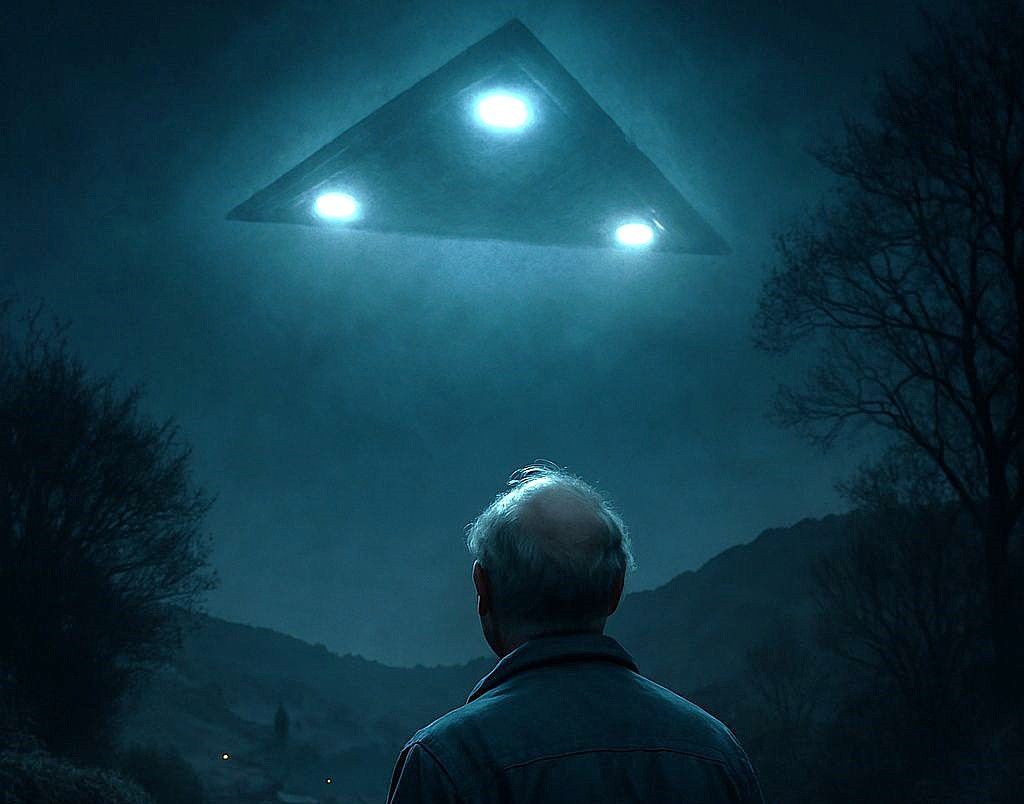
Stuart Wheeldon’s The Wirksworth UFO Incident is an interesting proposition. Taking the form of a documentary about extraterrestrial experiences across Derbyshire, it ebbs and flows across its 70-minute runtime; never quite building up enough tension to truly hold the audience but made with such clear passion that you.


